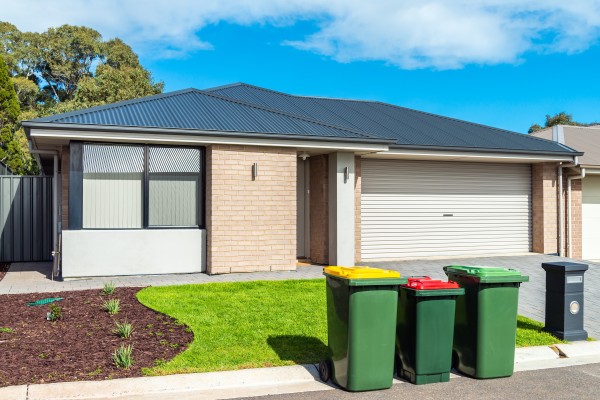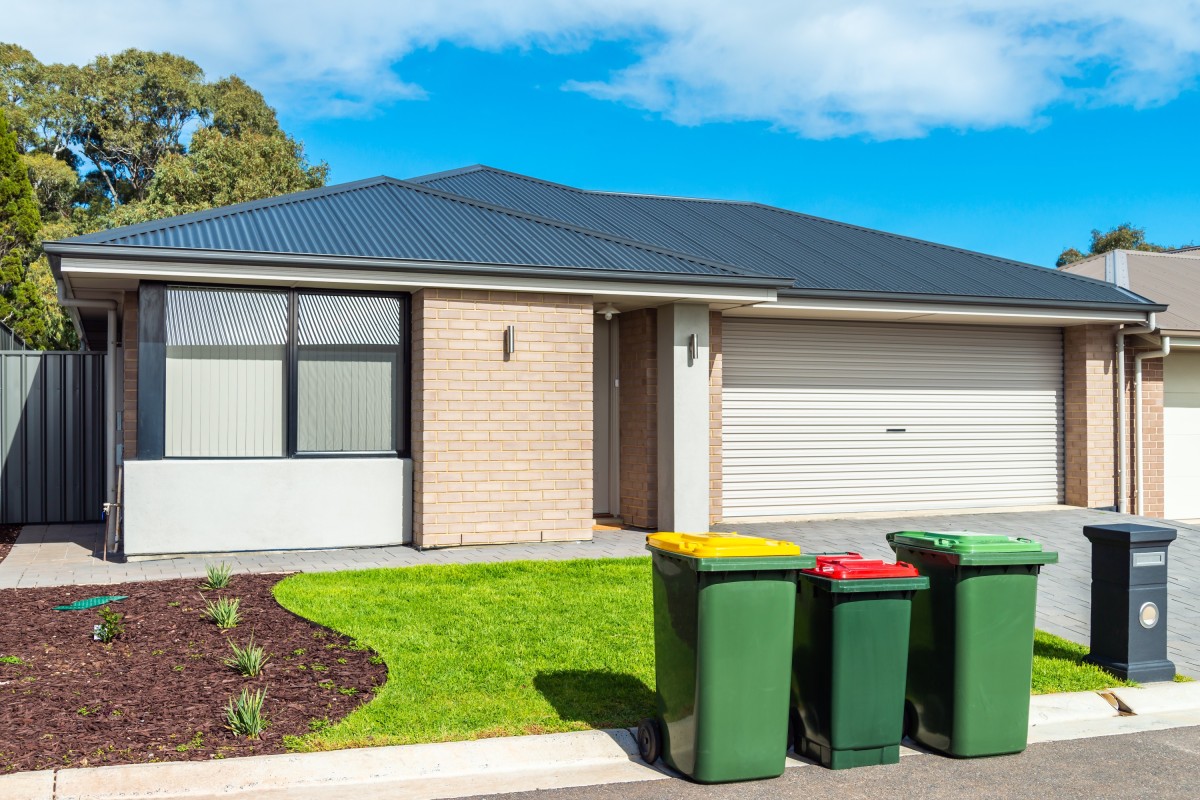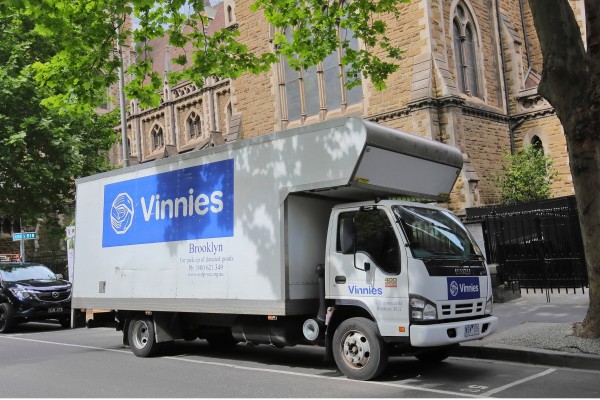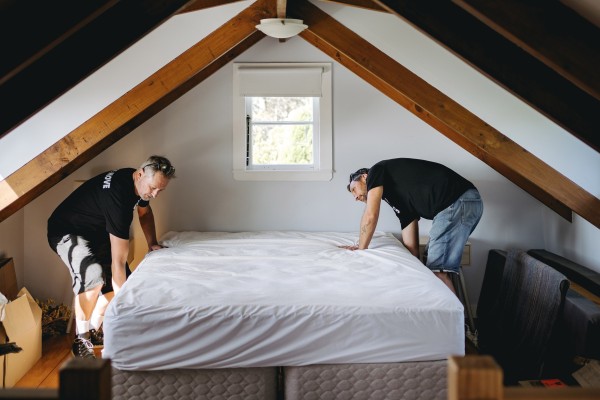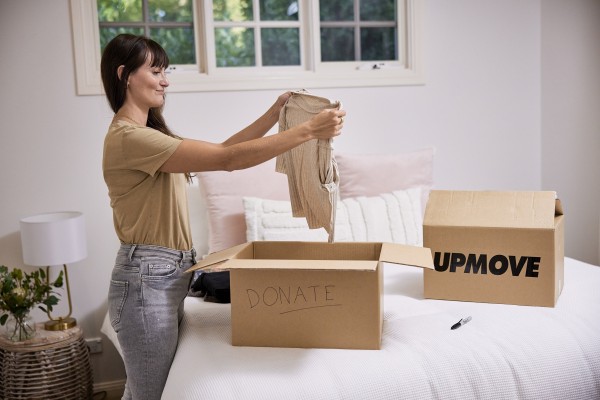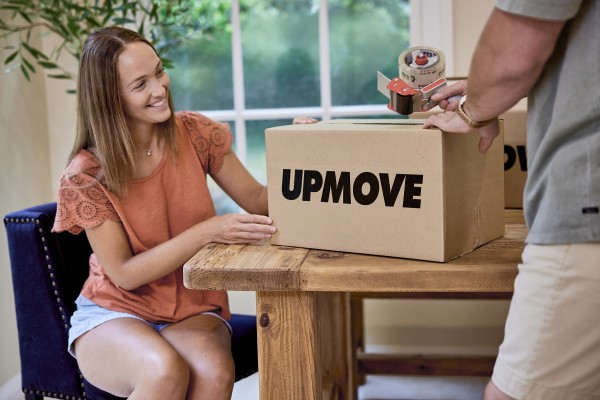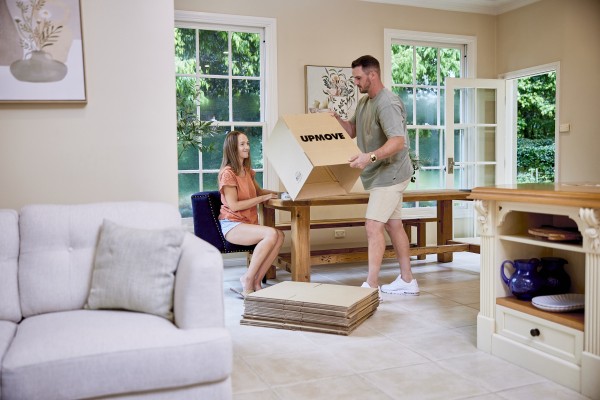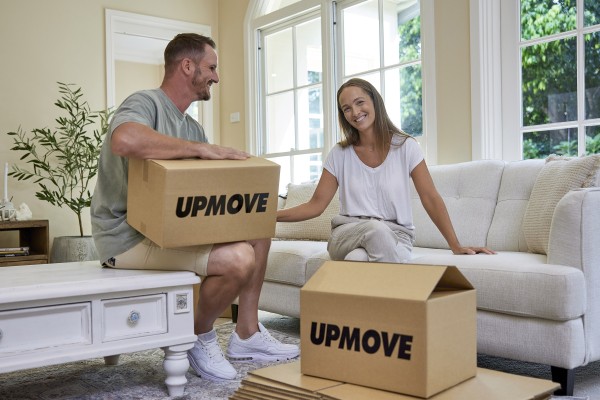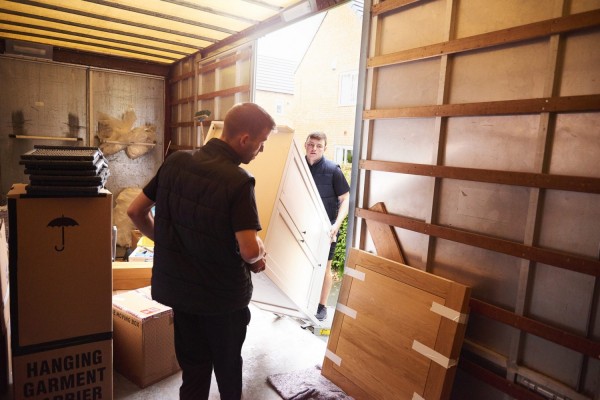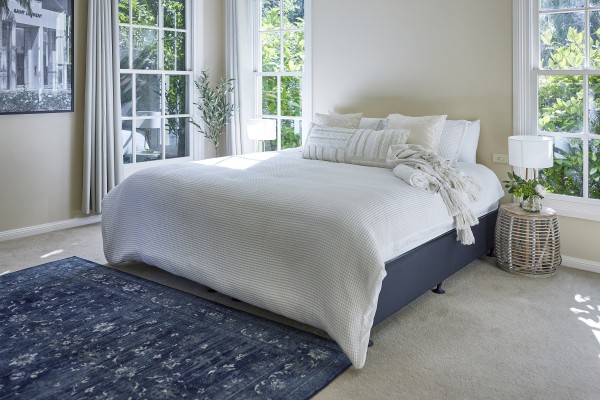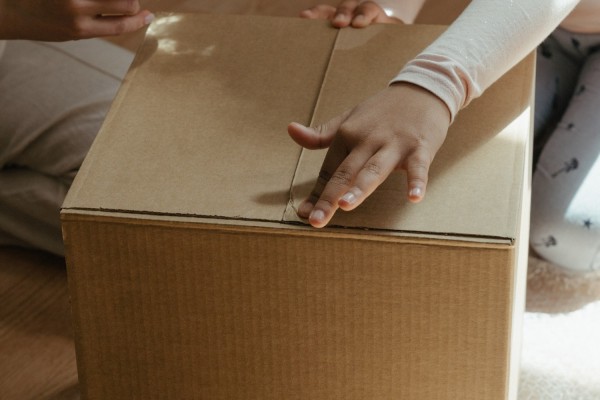Moving house waste removal guide for smarter rubbish and recycling


Moving house shines a light on just how much ‘stuff’ we’ve collected over the years. From broken furniture and half-empty paint tins to forgotten electronics, the lead-up to a move can quickly turn into a mission to sift through a mountain of clutter.
Taking a little time to plan your waste removal before you even pack the truck can save you stress, time and even money.
Here’s everything you need to know about rubbish removal when moving house, from sorting out what stays and what goes, to understanding the true cost of a clean out.
Organise a list of things to get rid of
Before you even book a skip or call a rubbish removal service, it helps to know exactly what you’re dealing with. Start by moving through each room and creating a running list of what you no longer need. Think about furniture that won’t suit your new space, kitchen gadgets you haven’t used in years, or items that are broken beyond repair.
Once you’ve made your list, you can check if any of your unwanted items can be recycled, sold, or donated. And, a little planning also helps you estimate the volume of waste you’ll need to dispose of. This matters because rubbish removal services usually charge by cubic metre or load size. The clearer your inventory, the less likely you are to overpay.
Sort your treasures from trash
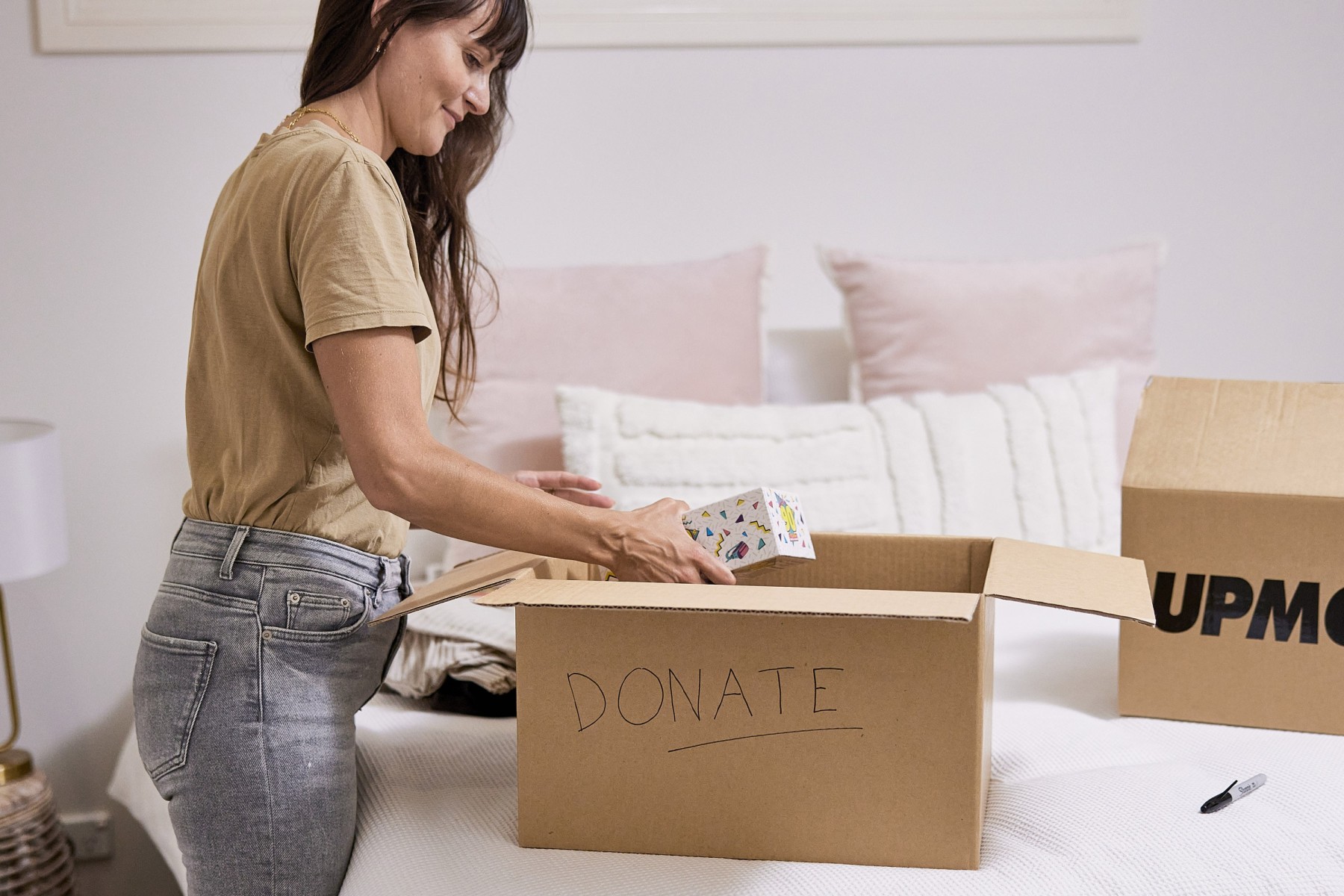 Not everything that doesn’t make the move belongs in the bin. Some items may just be ready for a new home. Consider selling gently used furniture or decor online, or donating them to local charities and community organisations. You might be surprised by how quickly things find new owners.
Not everything that doesn’t make the move belongs in the bin. Some items may just be ready for a new home. Consider selling gently used furniture or decor online, or donating them to local charities and community organisations. You might be surprised by how quickly things find new owners.
Recycling is another great option for cardboard, glass, metals and plastics. You’ll need to ensure they’re clean and dry so they can be processed effectively.
When it comes to things like mattresses, old rugs, or broken appliances, check your local council’s waste guidelines. Some items cannot be placed in the general waste and may require special collection. The goal is to send as little to the landfill while keeping your move organised and clutter-free.
See our article on waste management and recycling in Australia for more information on where different types of rubbish should go.
How to get rid of electronic waste
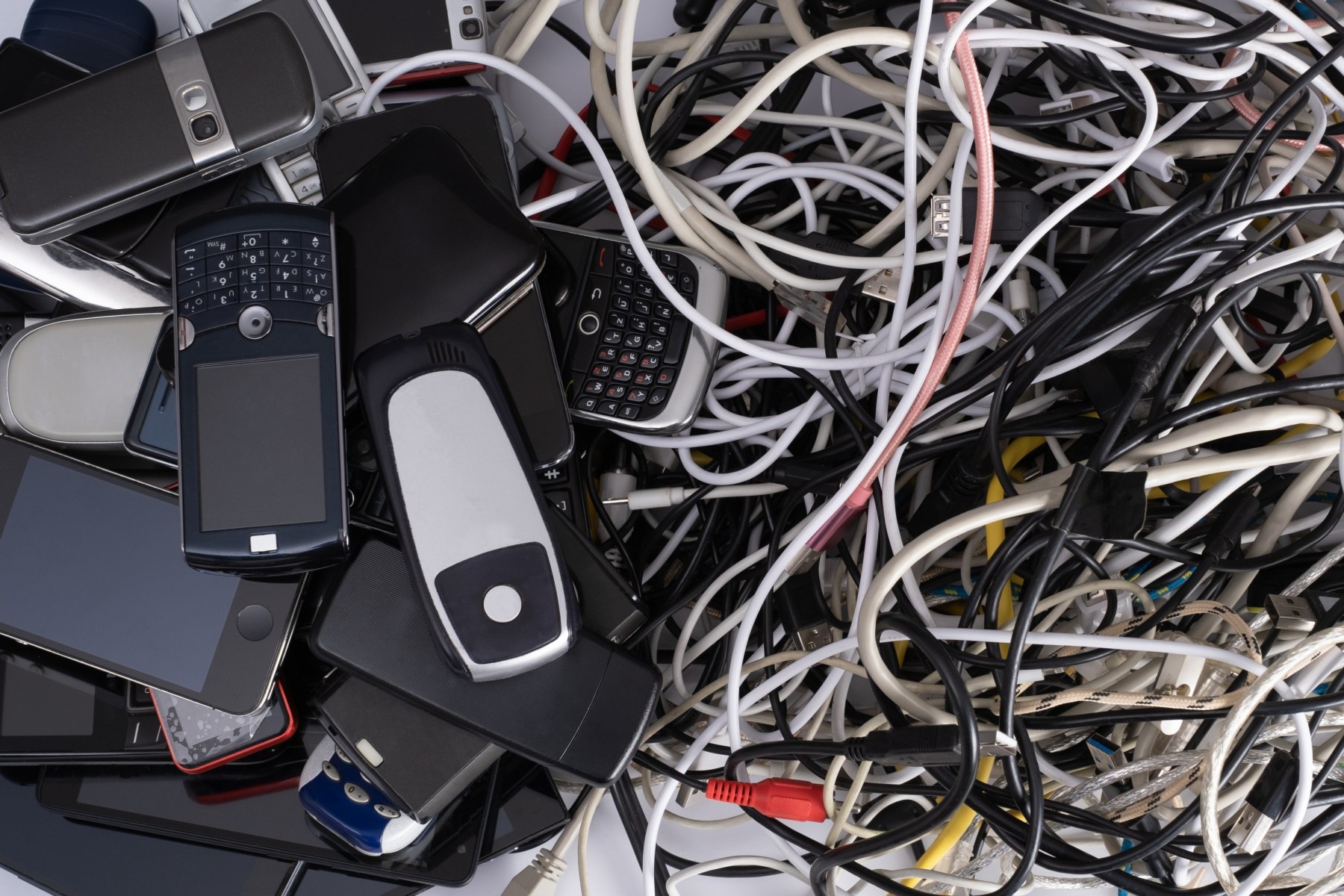 If you’ve ever opened that drawer of tangled cords and old devices, you’ll know how quickly electronic waste can pile up. From outdated laptops and TVs to broken chargers and batteries, e-waste requires careful handling.
If you’ve ever opened that drawer of tangled cords and old devices, you’ll know how quickly electronic waste can pile up. From outdated laptops and TVs to broken chargers and batteries, e-waste requires careful handling.
Australia has some of the highest levels of e-waste per person in the world, generating over 500,000 tonnes each year.
Unfortunately, much of it still ends up in landfill, even though most components can be recycled or reused.
When clearing out before a move, set aside a box for electronics that no longer work or that you no longer need. Remove personal data from old computers or phones, then check your local council website for e-waste drop-off points.
Many major retailers and recycling centres accept TVs, computers, and batteries under national recycling programs.
For larger items, such as fridges or air conditioners, ask your rubbish removal service if they can handle e-waste disposal as part of their load. Some may include it, while others charge an additional fee.
Taking time to dispose of electronics properly now not only helps the environment, but can also save you from hidden dumping costs down the track.
How much does it cost to hire a rubbish removal service?
Understanding costs is a big part of planning your move. According to HiPages, domestic rubbish removal in Australia generally ranges from AU$50 to AU$150 per cubic metre.
The price depends on the type of waste, volume, and your location:
Some companies offer fixed prices for a full truckload, which can range from AU$300 to AU$800 or more, depending on the size of the truck.
Prices can also vary by city:
- Higher end: Sydney and Perth
- Mid-range: Melbourne and Canberra
- Lower end: smaller cities like Hobart and Adelaide
Several factors influence the cost:
- The volume of rubbish is the most obvious.
- The type of waste, accessibility, labour required, travel distance, and disposal fees all play a role.
- Hazardous materials, e-waste, and tyres may incur extra charges.
Planning and knowing what you need removed can help you get a fair quote.
The difference between junk and rubbish
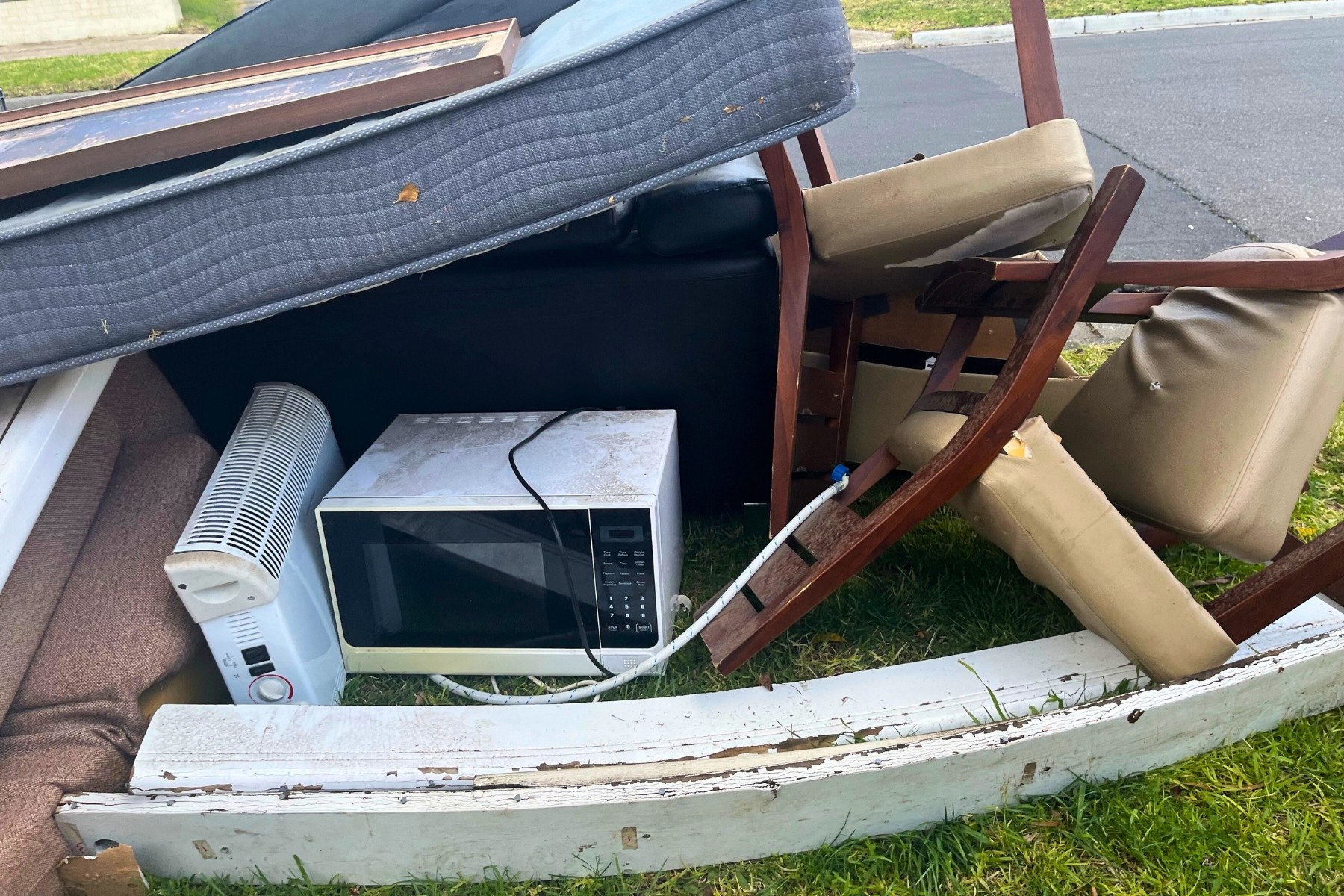 You may hear the terms ‘junk removal’ and ‘rubbish removal’ used interchangeably, but there's a subtle difference.
You may hear the terms ‘junk removal’ and ‘rubbish removal’ used interchangeably, but there's a subtle difference.
- Junk usually refers to unwanted household items, such as furniture, appliances or electronics.
- Rubbish tends to include general household waste, such as cardboard, broken items and your green waste.
Knowing this helps you choose the right service and ensure that everything is disposed of in the correct way
Each state and territory has its own rules for waste disposal, and you're legally responsible for making sure that your waste doesn't harm the environment or cause issues to public health. This means it's always best to prioritise recycling and reuse before sending anything to landfill.
Your move is an opportunity for a refresh
Moving is a perfect excuse to let go of stuff you don't need and to make room for what you actually love. Decluttering not only makes packing easier but also gives you a fresh start in your new home. You may rediscover forgotten items or enjoy the feeling of a lighter, more organised space.
Read our decluttering guide for more tips on making your move both easier and more cost-effective.
Find a reliable removalist for your move
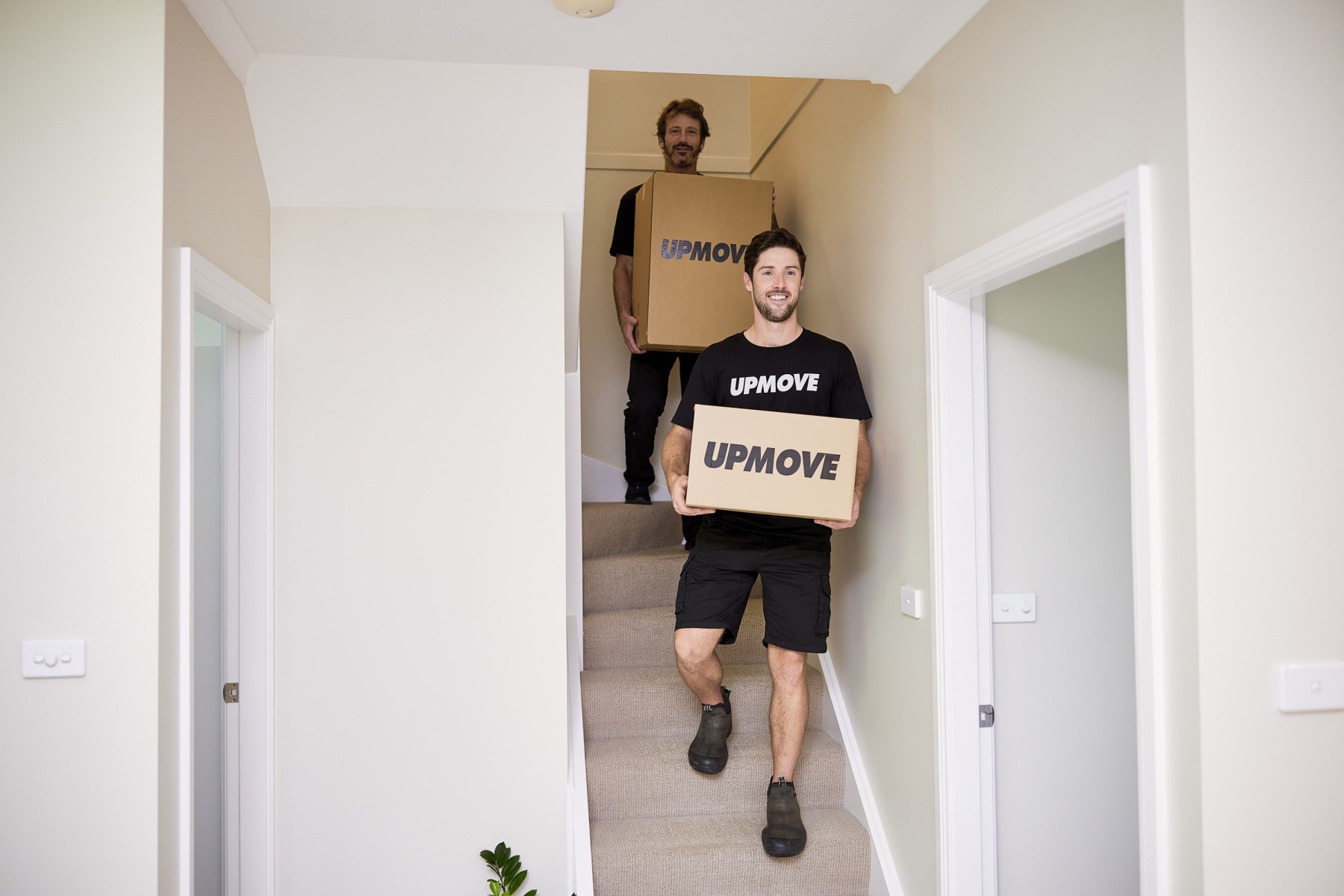 Once you've decided what's staying and what's going, Upmove can help with the next step. Upmove makes it easy to compare quotes from affordable, reliable movers in your area and across Australia. Whether you're moving across town or interstate, you can book a professional removalist team to handle your move, leaving you free to focus on other things.
Once you've decided what's staying and what's going, Upmove can help with the next step. Upmove makes it easy to compare quotes from affordable, reliable movers in your area and across Australia. Whether you're moving across town or interstate, you can book a professional removalist team to handle your move, leaving you free to focus on other things.
What do our customers say?



